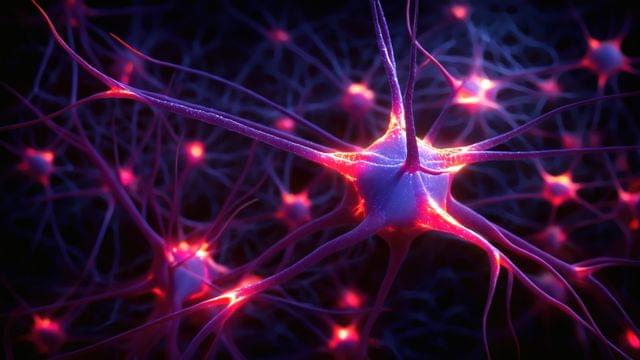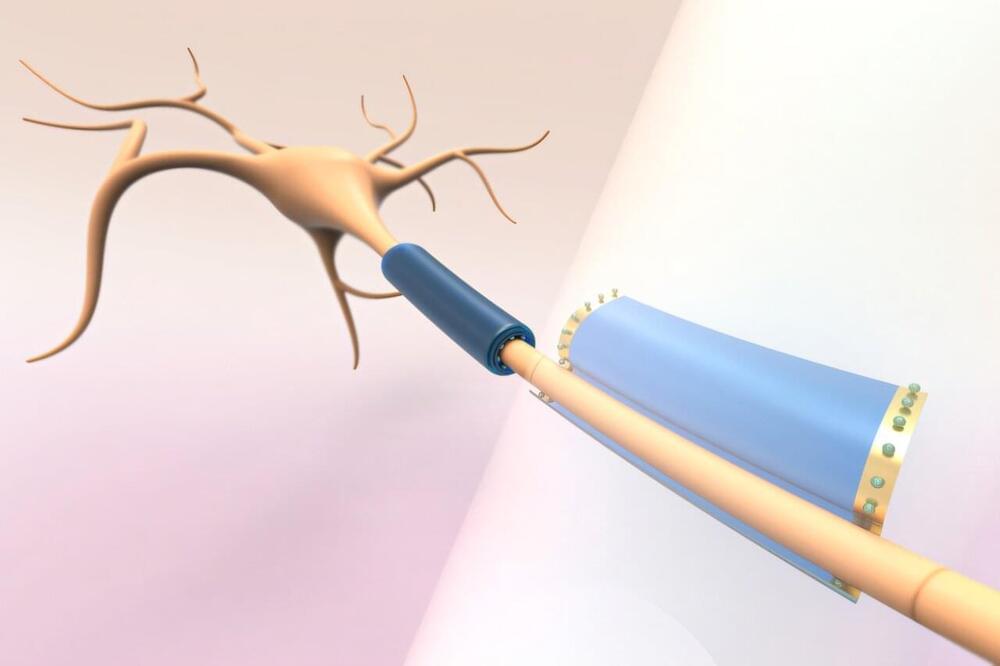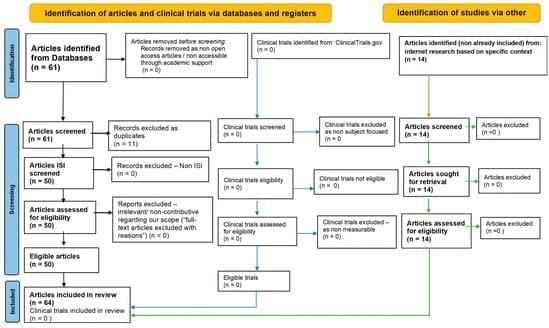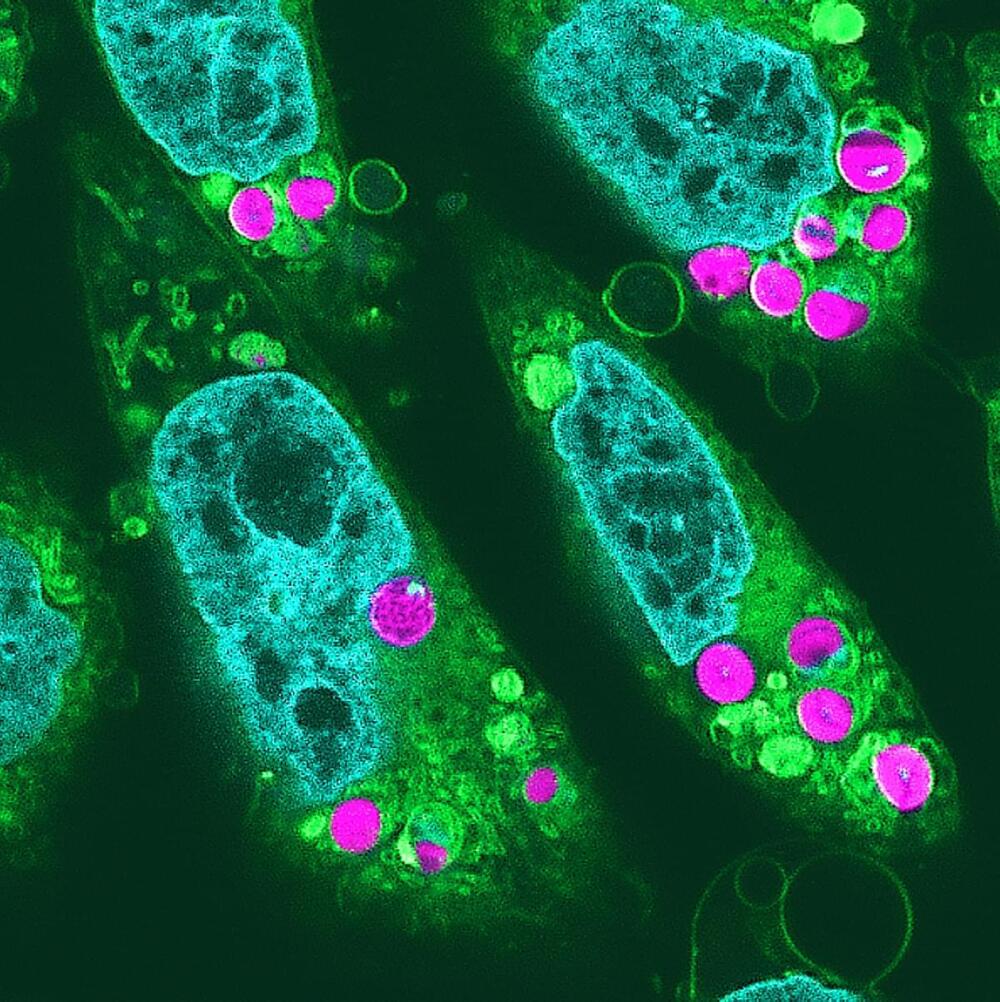Future wearables won’t need to get under your skin.
Category: biotech/medical – Page 375


New high-speed 3D bioprinter uses acoustics to print human tissues
This development comes from…
Researchers have designed a high-speed 3D bioprinter to accurately print human tissues.
Interestingly, this advanced bioprinter is capable of fabricating a diverse array of tissues, including both soft brain tissue and harder materials such as cartilage and bone.
This development comes from biomedical engineers from the University of Melbourne.

A “wearable” device for individual neurons can measure electrical activity in the brain
MIT researchers have developed a battery-free, subcellular-sized device made of polymer designed to measure and modulate a neuron’s electrical and metabolic activity. When the device is activated by light, it can gently wrap around the neuron cell’s axons and dendrites without damaging the cells.
Scientists want to inject thousands of these tiny wireless devices into a patient’s central nervous system and then actuate them noninvasively using light. The light would penetrate the tissue and allow precise control of the devices, and thereby restore function in cases of neuronal degradation like multiple sclerosis (MS).
The MIT researchers developed these thin-film devices from a azobenzene, a soft polymer that readily reacts to light. Thin sheets of azobenzene roll into a cylinder when exposed to light, which enables them to wrap around cells. Researchers can control the direction and diameter of the rolling by changing the intensity and polarization of the light, producing a microtube with a diameter smaller than one micrometer.

Gene therapy Improves Eye Health and Reduces the Need for Anti-VEGF Injections in Age-Related Macular Degeneration
RegenxBio, a publicly-traded biotech firm, released data this week from a Phase 2 clinical trial designed to test its leading genetic therapy product in patients with bilateral wet age-related macular degeneration (AMD). AMD is characterized by abnormal growth of blood vessels in the retina, and is a leading cause of loss of vision in elderly populations globally.
ABBV-RGX-314, developed in collaboration with AbbVie, offers the potential of a one-time treatment for wet AMD and other retinal conditions, including diabetic retinopathy. This is in contrast to existing treatments which rely on repeated intraocular injections of drugs that inhibit a protein known as Vascular Endothelial Growth Factor (VEGF), a protein responsible for the formation of new retinal blood vessels.
The ABBV-RGX-314 therapy is based on a an AAV8 viral vector as a delivery system. The AAV8 platform has been genetically engineered to encode an antibody that can inhibit VEGF for the long-term.

Scientists believe popular drug could end the mysterious outbreak of colon cancer in young people
Most recently, 90s heartthrob and Dawson’s Creek star James Van Der Beek announced he’d been diagnosed with colorectal cancer at the age of just 47.
The rise is mysterious, but experts suspect ultra-processed foods, pollution and the over use of antibiotics could be driving microscopic cancer-causing changes in the body’s cells.
Now, a team of scientists across five nations, including at King’s College London, have been given £20 million by charities including Cancer Research UK to fund fresh studies that will begin early next year, The Times reported.

Researchers uncover focal adhesions as subcellular signaling hubs in PI3K-AKT pathway
The phosphatidylinositol 3-kinase (PI3K)-AKT signaling pathway is one of the most critical and extensively investigated signaling pathways. It is the central regulator of various cellular processes including cell growth, proliferation, metabolism, and survival. Hyperactivation of PI3K-AKT signaling is highly related to a significant number of human diseases, particularly cancers.

Hydrogen Sulfide and Gut Microbiota: Their Synergistic Role in Modulating Sirtuin Activity and Potential Therapeutic Implications for Neurodegenerative Diseases
The intricate relationship between hydrogen sulfide (H2S), gut microbiota, and sirtuins (SIRTs) can be seen as a paradigm axis in maintaining cellular homeostasis, modulating oxidative stress, and promoting mitochondrial health, which together play a pivotal role in aging and neurodegenerative diseases. H2S, a gasotransmitter synthesized endogenously and by specific gut microbiota, acts as a potent modulator of mitochondrial function and oxidative stress, protecting against cellular damage. Through sulfate-reducing bacteria, gut microbiota influences systemic H2S levels, creating a link between gut health and metabolic processes. Dysbiosis, or an imbalance in microbial populations, can alter H2S production, impair mitochondrial function, increase oxidative stress, and heighten inflammation, all contributing factors in neurodegenerative diseases such as Alzheimer’s and Parkinson’s.

Plant-animal hybrid cells make solar-powered tissues, organs or meat
Scientists in Japan have created hybrid plant-animal cells, essentially making animal cells that can gain energy from sunlight like plants. The breakthrough could have major benefits for growing organs and tissues for transplant, or lab-grown meat.
Animal and plant cells have different energy-producing structures inside them. For animals, that’s mitochondria, which convert chemical energy from food into a form that our cells can use. Plants and algae, meanwhile, use chloroplasts, which perform photosynthesis to generate energy from sunlight to power their cells.
In a new study led by the University of Tokyo, the team inserted chloroplasts into animal cells, and found that they continued to perform photosynthetic functions for at least two days. The chloroplasts were sourced from red algae, while the animal cells were cultured from hamsters.